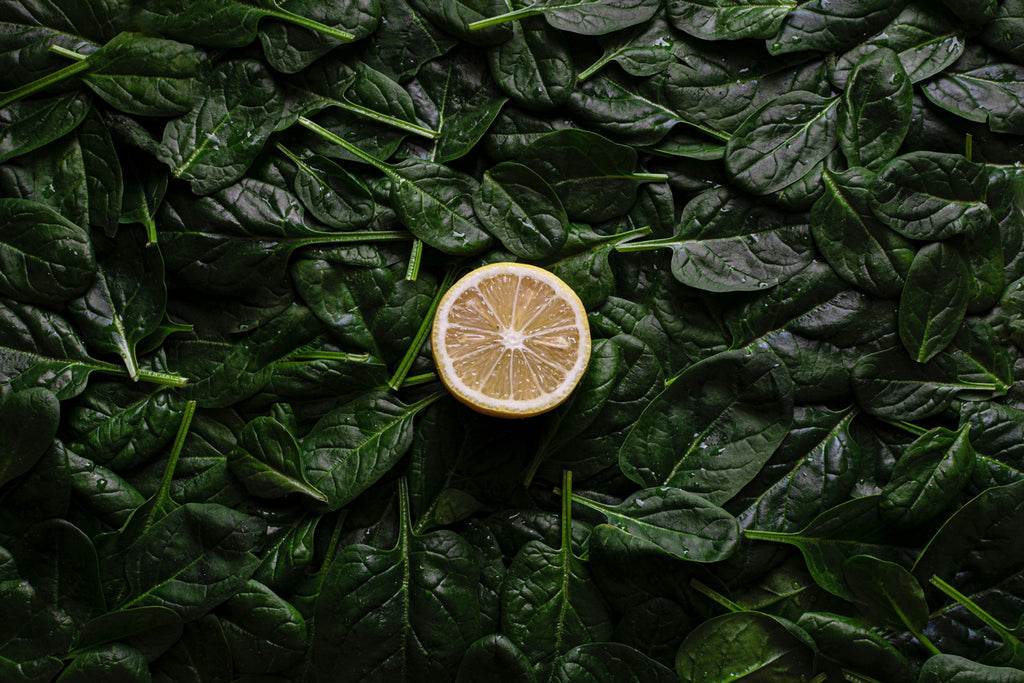The Verdant Wonder: A Comprehensive Guide to Spinach

Spinach, with its vibrant green leaves and versatile nature, has earned its place as a beloved vegetable in kitchens around the world. From its rich history to its myriad health benefits and culinary versatility, spinach is a nutritional powerhouse that deserves a closer look. Let's delve into the fascinating world of spinach, exploring its history, cultivation, health benefits, culinary uses, and more.

A Brief History
Spinach traces its origins back to ancient Persia (modern-day Iran), where it was cultivated over 2,000 years ago. It later spread to China, where it was known as "Persian vegetable," before reaching Europe in the Middle Ages. Spinach gained popularity in Mediterranean cuisine and eventually made its way to North America in the 19th century. Today, it is grown and enjoyed worldwide, prized for its nutritional value and culinary versatility.
Cultivation and Growth
Spinach is a cool-season crop that thrives in temperate climates. It prefers well-drained soil rich in organic matter and plenty of sunlight. Spinach can be grown from seeds or seedlings and is typically planted in early spring or late summer for a fall harvest. Regular watering and proper spacing are essential for healthy spinach plants, which mature in about 6 to 8 weeks.

Varieties of Spinach
Spinach comes in various cultivars, each with its own unique characteristics. Common types include savoy spinach, with crinkled leaves; smooth-leaf spinach, which has flat, smooth leaves; and semi-savoy spinach, a hybrid variety with slightly crinkled leaves. Baby spinach, harvested when young and tender, is also popular for its delicate flavor and texture.

Health Benefits
Spinach is packed with nutrients, making it a nutritional powerhouse. It is an excellent source of vitamins A, C, and K, as well as folate, iron, and calcium. Spinach is also rich in antioxidants, which help protect against inflammation and oxidative stress. Its high fiber content promotes digestive health, while its low calorie count makes it a weight-friendly option.
Fresh vs. Frozen Spinach
Both fresh and frozen spinach have their advantages in cooking. Fresh spinach is ideal for salads, sautés, and recipes where its delicate texture is desired. Frozen spinach, on the other hand, is convenient for soups, stews, smoothies, and dishes where the spinach will be cooked down. Frozen spinach is also a convenient option for preserving spinach when it's not in season.
Culinary Uses
Spinach lends itself to a wide range of culinary applications, from simple salads to complex main courses. It can be enjoyed raw in salads or sandwiches, sautéed as a side dish, or incorporated into soups, stews, quiches, and pasta dishes. Spinach pairs well with garlic, onions, tomatoes, cheese, nuts, and various herbs and spices, adding flavor and nutritional value to dishes.

Examples of Dishes with Spinach
- Spinach salad with strawberries, feta cheese, and balsamic vinaigrette
- Spinach and feta stuffed chicken breasts
- Spinach and mushroom quiche
- Creamy spinach and artichoke dip
- Spinach and ricotta-stuffed pasta shells
- Saag paneer (Indian spinach curry with cheese)
- Spanakopita (Greek spinach pie)
- Spinach and lentil soup


Cooking Techniques
Spinach can be cooked using various methods, including sautéing, steaming, boiling, and blanching. To sauté spinach, heat olive oil in a pan, add minced garlic, and cook until fragrant. Add fresh spinach leaves and cook until wilted. Steaming spinach preserves its nutrients and vibrant color, while boiling or blanching is ideal for recipes that call for cooked spinach.
Storage Tips
To keep spinach fresh, store it unwashed in a plastic bag in the refrigerator's crisper drawer. Wash spinach just before using it, as excess moisture can cause it to spoil quickly. For long-term storage, blanch fresh spinach, squeeze out excess water, and freeze it in airtight containers or freezer bags for up to six months.

Summary
Spinach is not only a nutritious powerhouse but also a versatile and flavorful ingredient that adds depth and vibrancy to countless dishes. Whether enjoyed raw in salads, cooked in soups and stews, or blended into smoothies, spinach offers a myriad of culinary possibilities. By understanding its history, cultivation, health benefits, and culinary uses, you can fully appreciate the verdant wonder that is spinach in all its glory. So, next time you're in the kitchen, embrace the versatility of spinach and let its vibrant green leaves inspire your culinary creations.
Related topics:
















发表评论